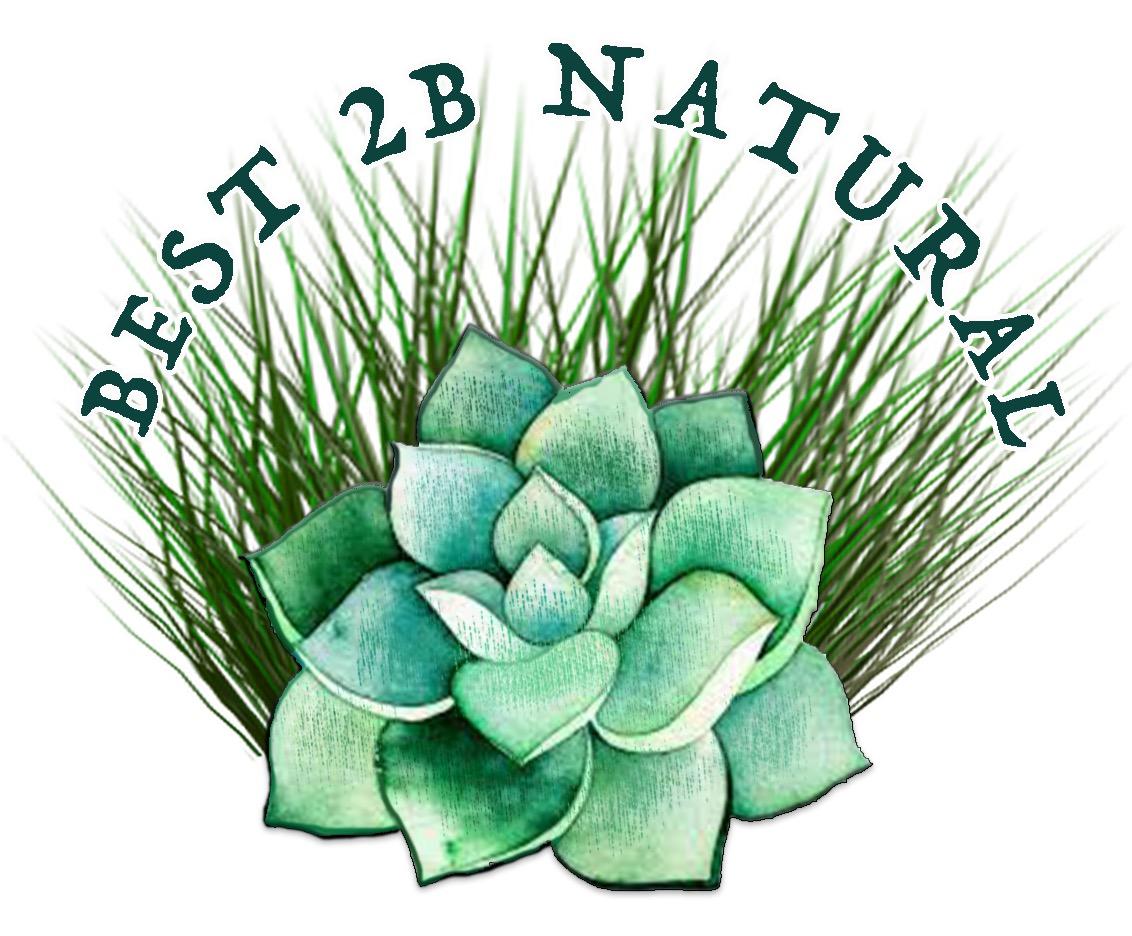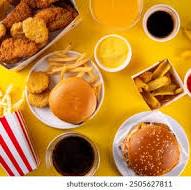As an Amazon Associate I earn from qualifying purchases.

Tartrazine Food Dye-
Dangerous
to Our Health
 Processed food and Tartrazine Dye
Processed food and Tartrazine DyeThere are definitely "foods" that we should avoid...processed foods, which are usually not really foods. And now there is the term of ultra-processed foods.
Neither one of those "processed foods" mentioned are really foods. As Dr. Freidman says in his book, Food Fantasy, they are fake foods...not real.
These processed foods are "full of unnatural binders, fillers, preservatives, pesticides, hormones, artificial coloring and chemicals."
One of those chemicals is a dye called Tartrazine.
In the red box below, as an introduction to tartazine food dye No. 5, I have put a small percentage of copied and pasted sections, of studies and research on tartrazine.
There are in fact way too many to place on one webpage. I put links at the bottom of the page for those of you who like to read studies for themselves.
Tartrazine is indeed approved for use in our foods, drugs and cosmetics as shown in the first paragraph in the red the box.
Than as you will see there are many side effects and problems directly caused by this dye.
They have a solution?
However, the only solution offered in one of the articles was to just avoid products with tartrazine.
The reason for this solution was, the percentage of each type of individual reaction to the dye, was not considered a large enough number. They were varied tests on foods, drinks, drugs, and cosmetics.
But put each of the individual results together it makes a much larger total number.
In addition, what if you are one of the smaller percentages and not aware of the dye being in a product?
This is a concern because it is used in a very wide range products.
Results of a few studies on Tartrazine
(1) In the U.S., this color is certifiable as FD&C Yellow No. 5 and is approved for use in coloring food, drugs, and cosmetics.
(2) This color additive, (tartrazine) is knownto cause allergic-type reactions (e.g., hives) in a small subset of the population and, as a condition of use, must be declared as an ingredient when used to color food.
Tartrazine is one of various food colors said to cause food intolerance and ADHD-like behavior in children.
It is possible that certain food colorings may act as a trigger in those who are genetically predisposed, but the evidence for this effect is weak.
...Of various coloring dyes used, tartrazine (FD & C yellow no. 5) is the color most frequently incriminated in producing allergic reactions.
The exact epidemiology and pattern of allergic reactions to tartrazine in psychotropic drugs have not been frequently studied and reported.
SIGNS AND SYMPTOMS/ Tartrazine (FD & C Yellow No. 5) is an approved azo dye present in many drugs and food products. ...Tartrazine sensitivity is most frequently manifested by urticaria and asthma.
Azo dyes have been implicated in accentuating hyperkinetic syndromes.
Vasculitis, purpura and contact dermatitis infrequently occur as manifestations of tartrazine sensitivity. Cross-sensitivity in aspirin-sensitive and NSAID-sensitive patients may also occur.
Anaphylactic reactions and other symptoms have resulted from carmine, lysozyme, acetic acid and acetates, gums of plant origin, sulfites and tartrazine
Management consists mainly of avoidance of drugs and food products that contain tartrazine.
If the only management solution for not having reactions or problems with tartrazine, "consists mainly of avoidance of drugs and food products that contain tartrazine", then there needs to be labeling laws for items that contain or are produced near tartrazine.
The labeling needs to be done in the same manner, as peanuts are, for those who have that allergy.
It only makes sense, that a chemical that is so common in so many of our daily products, wich has the potential to cause anaphylactic reactions, is nothing to mess around with.
The following is a list of foods that may contain tartrazine:
- Desserts and confectionery: ice cream, ice pops and popsicles, confectionery and hard candy (such as gummy bears, marshmallows, etc.), cotton candy, instant puddings and gelatin, cake mixes, pastries, custard powder, marzipan, biscuits, and cookies.
- Beverages: soft drinks, energy and sports drinks, powdered drink mixes, fruit cordials, and flavored/mixed alcoholic beverages.
- Snacks: flavored corn chips (such as nachos, etc.), chewing gum, popcorn (both microwave and cinema-popped), and potato chips.
- Condiments and spreads: jam, jelly (including mint jelly), marmalade, mustard, horseradish, pickles (and other products containing pickles such as tartar sauce and dill pickle dip), and processed sauces.
- Other processed foods: cereal (such as corn flakes, muesli, etc.), instant or "cube" soups, rices (like paella, risotto, etc.), noodles, pureed fruit and pickled peppers, bright-green-colored seaweed salad.
A little science about tartrazine as a dye
Tartrazine is a synthetic lemon yellow "azo dye" primarily used as a coloring.
Azo dyes are widely used in the food, pharmaceutical, cosmetic, textile, and leather industries.
They are synthetic compounds characterized by one (monoazo) or several intramolecular NQN bonds.
Azo dyes, if they are systemically absorbed, can be metabolized via azoreductases of intestinal microflora by liver cells and skin surface bacteria.
Dangers of Aromatic Amines
The metabolism mentioned previously, leads to aromatic amines that can be hazardous.
Aromatic amines are chemicals found in industrial and manufacturing plants, tobacco smoke, commercial hair dyes, and diesel exhaust.
Many are carcinogens and endocrine disruptors that may increase the risk of breast cancer.
Contains compounds capable of causing cancer
It also has a group of chemical compounds, some of which are known to be capable of causing cancer.
These chemical compounds include, benzidine, B-naphthylamine and 4-amino diphenyl.
Tartrazine: “tartrazine acts either directly or indirectly upon the muscarinic acetylcholine receptor associated with parasympathetic innervation,” causing a chain reaction of effects to the nervous system.
Tartrazine Yellow Food Dye,
A Safe Chemical?
However, according to www.epa.gov/saferchoice/safer-ingredients, The chemical Tartrazine, has been verified to be of low concern.
It is considered “to be of low concern” and used in thousands of products, in spite of all of the previous listed side affects and reactions in the bodies, of those consuming it.
So as you can see, tarrazine is not just a simple harmless dye, but something we must work to avoid.
Sticking to, as much as possible, natural foods and products will help us to avoid many health problems and maybe eliminate some as well.
Just a few references for information listed above.
https://pubchem.ncbi.nlm.nih.gov/compound/Tartrazine#section=Mechanism-of-Action
https://en.wikipedia.org/wiki/Tartrazine
https://www.sciencedirect.com/topics/chemistry/aromatic-amine
https://www.bcpp.org/resource/aromatic-amines
https://medical-dictionary.thefreedictionary.com/aromatic+amines
https://www.sciencedirect.com/topics/neuroscience/
https://pubchem.ncbi.nlm.nih.gov/compound/acetylcholine
https://pubmed.ncbi.nlm.nih.gov/7768353
I personally believe, that God in his infinite love and wisdom provided everything we need for both our physical and spiritual well being. He gave us his awesome creation for our sustenance and health, then made provision and hope for our eternal destiny . Click on the link if you would like to know more.





